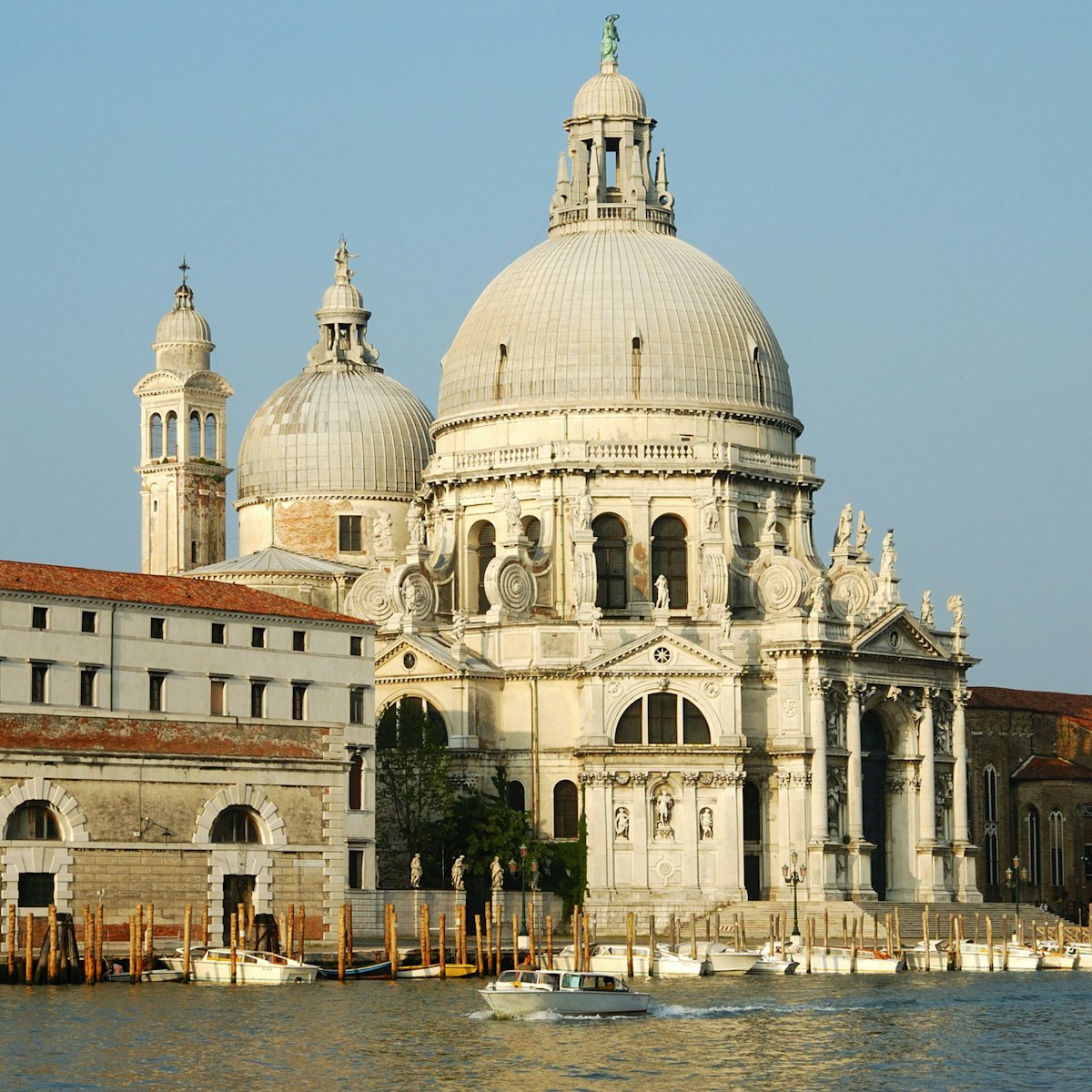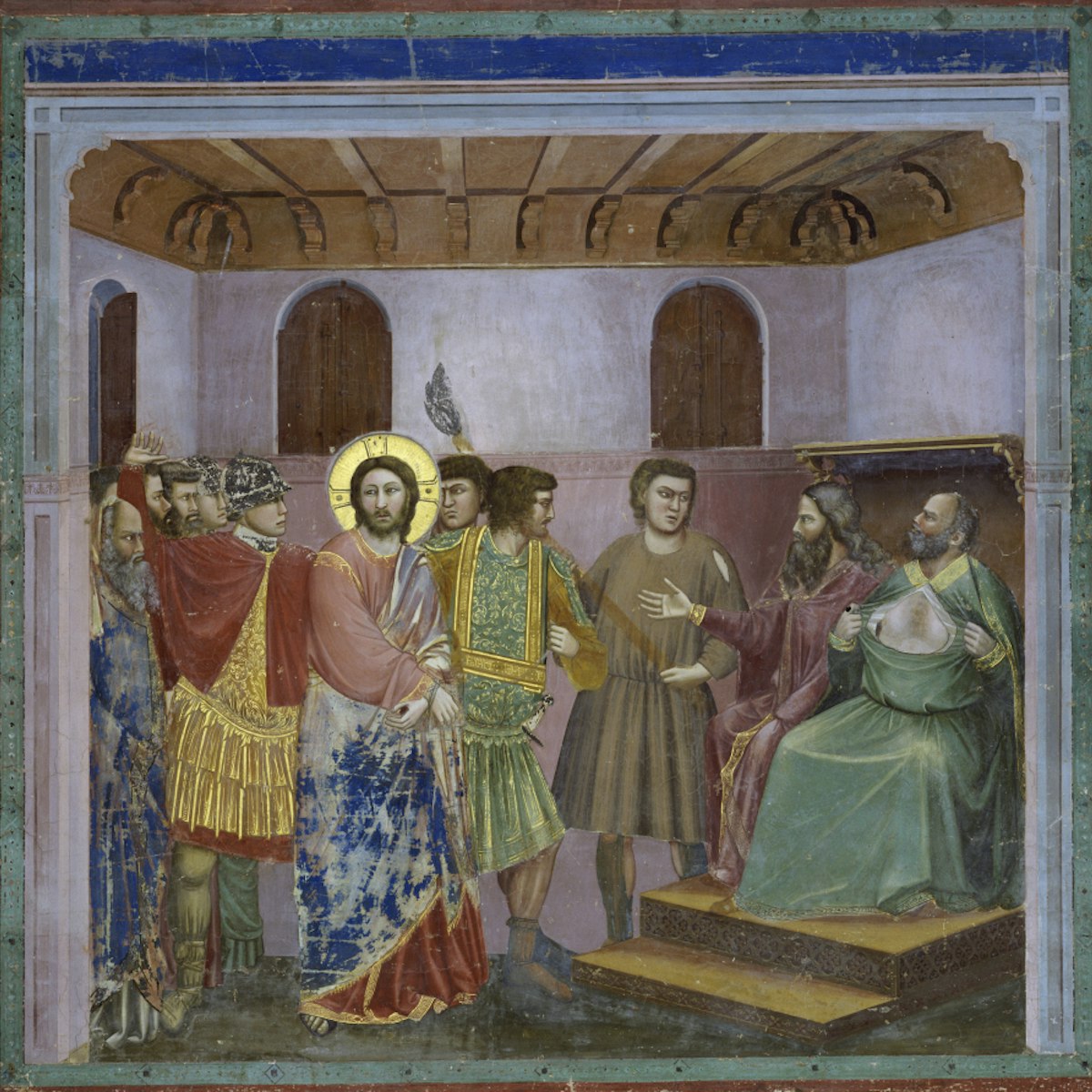The ground floor of this monastery houses artefacts dating from Padua’s Roman and pre-Roman past, including some delicate glass, serviceable Roman surgical instruments and Etruscan bronze figures. Upstairs, a rambling but interesting collection boasts a few notable 14th- to 18th-century works by Bellini, Giorgione, Tintoretto and Veronese. Among the showstoppers are a monster Brussels tapestry and an 18th-century painting by Georgio Fossati that shows the Prato della Valle when it was still a sports ground.
The museum is usually visited along with the Cappella degli Scrovegni. Allow at least an hour to get round everything either before or after you see the chapel.







